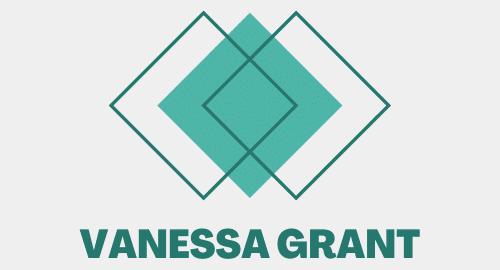Vanessa Grant
Actu
Quelles stratégies pour développer une culture d’entreprise positive ?
mars 5, 2024
Impliquer les salariés dans la définition de la culture d’entreprise On ne saurait trop insister sur l’importance d’impliquer vos salariés dans la définition de la...
Business
Quelles techniques pour améliorer la gestion des conflits en entreprise ?
mars 5, 2024
En tant qu’acteurs du monde de l’entreprise, vous êtes régulièrement confrontés aux tensions et aux conflits au travail. Ces situations peuvent être sources de stress,...
Comment utiliser la vidéo pour renforcer votre présence en ligne ?
mars 5, 2024
Dans un monde où le public est constamment submergé par une quantité phénoménale d’informations, il est crucial de savoir comment se démarquer. La vidéo s’est...
Formation
Juridique
Quelles sont les règles sur le temps de travail dans le secteur du numérique?
mars 5, 2024
Dans un monde de plus en plus numérique, l’organisation du travail se transforme à une vitesse fulgurante. Le secteur du numérique, avec ses spécificités, n’échappe...
Management
Quels principes pour un management éthique ?
mars 5, 2024
Dans un monde de plus en plus compétitif, le management éthique a pris une place prépondérante au sein des entreprises modernes. L’éthique au travail est...
Comment gérer les attentes des milléniaux ?
mars 5, 2024
Le 21e siècle est synonyme de changements rapides et de nouvelles tendances qui remodèlent constamment le monde du travail. Nous voyons notamment émerger une génération...
Quelles pratiques pour une communication transparente ?
mars 5, 2024
Chers lecteurs, aujourd’hui, nous mettons le projecteur sur un aspect essentiel de la réussite d’une entreprise : la communication transparente. Dans un monde de plus...
Marketing
Comment utiliser le marketing digital pour relancer une entreprise post-COVID ?
mars 5, 2024
Le monde a changé de manière inattendue et rapide avec la crise de la COVID-19, mettant à rude épreuve les stratégies d’entreprise traditionnelles. Face à...
Comment gérer les attentes des milléniaux ?
mars 5, 2024
Services
Quelle méthode pour la réduction des coûts d’exploitation grâce à l’automatisation ?
mars 5, 2024
Aucune entreprise ne peut se permettre de faire abstraction de l’impact de l’automatisation sur ses opérations. Face à une concurrence de plus en plus rude,...
Copyright 2024.
